The content of the article
Spinach is a component of many gourmet dishes and a source of valuable nutrients. It is especially useful in the period of autumn and winter. However, it is not available in the market all year round. Therefore, it is necessary to personally prepare it for the winter, for example, dry, freeze in the freezer or preserve.
Beneficial features
Spinach contains a very small amount of fat, but it contains a lot of zinc, protein, plant fiber, and vitamins A, C, and K. Spinach is a good source of omega-3, which the body uses for energy and helps prevent various heart and vascular diseases . Eating spinach, you can forget about constipation, as it contributes to the regularity of the chair due to the high content of fiber and water.
Spinach contains both soluble and insoluble fibers that are beneficial to health. It contains a lot of vitamin B6, thiamine, folic acid and many other beneficial ingredients. In other words, it has nutrients that are literally useful for the whole body!
Folic acid in spinach is good for blood vessels and the heart, and magnesium normalizes blood pressure. Scientists have proven that spinach helps maintain normal brain function and improves memory. Among vegetables, only peas and beans contain more protein than spinach. It is one of the best dietary sources of potassium, which is responsible for maintaining bone density, as well as maintaining muscle mass.
Spinach has a glycemic index of 15, so it can be considered an ideal product for weight loss and getting rid of cellulite. It is also the richest dietary source of magnesium, which is important for the synthesis of proteins that regulate nervous activity and maintain the functioning of the nervous system, as well as the regulation of blood pressure and sugar.
Procurement Methods
Spinach should be consumed all year round, as it is the source of many nutrients that are important for our body. An excellent alternative to fresh spinach can be frozen spinach at home, especially since it will retain the vast majority of vitamins and minerals. So, if there is no fresh spinach, it is worth taking frozen or canned.
Prepare this useful product for the winter is not difficult. It is important to do this in time (before the beginning of August) so that arrows do not form on the green spinach bushes.
Harvest it in several ways:
- freezing;
- drying;
- mashed spinach;
- pickling;
- blanched spinach.
All methods are good in their own way, since they retain the beneficial properties of fresh spinach.
Spinach Salting
This method of preparation is very simple. But for salting, you must take the right amount of salt. For 1 kg of fresh green leaves of spinach you will need 100 grams of iodized salt.
Cooking:
- Fresh leaves to sort and separate from the stalks.
- Rinse the prepared spinach under a stream of cold water and let dry.
- Banks need to be cleaned and sterilized in any convenient way.
- Depending on how this blank will be used in the future, cut the leaves into slices.
- Put sliced and salted spinach into jars.
- Tamp and add sliced leaves.
- Cork the jar with the prepared lid.
- Send the salted spinach in the cellar for storage.
With this recipe, you can pickle any greens, such as dill, sorrel or parsley. Some housewives with this method of pickling like to mix different types of greens in any proportions, but it is better to take equally, and add to them a little fresh parsley and dill.
Salt is an excellent preservative, so this preparation can be stored in the cellar up to 5 months. Salt spinach is added to salads or soups in the winter, after having previously been washed from excess salt.
Spinach freeze
Although some vegetables or greens are not suitable for freezing, spinach can be perfectly stored frozen for a year. With proper freezing, more vitamins are stored than with other ways of storing the product.
Rinse the leaves thoroughly with cold water and spread on a dry kitchen towel so that they can dry well. Then you can chop the spinach in small pieces, such as you usually chop it before adding to the dish.
Spread the prepared spinach in portion plastic bags and place in the freezer. Thawing is not necessary to thaw before cooking. Just take the portion bag from the freezer and add its contents directly to the dish, bring it to the boil, stew for a couple of minutes.
Blanched Spinach
For such a winter harvest will need spinach and water.
Cooking:
- Rinse the spinach with cold water.
- Separate the stems and chop the leaves on the cutting board.
- Boil the spinach for a couple of minutes.
- Remove the prepared spinach with a slotted spoon from the water and dry it.
- Sterilize the washed jars.
- Put the blanched spinach in prepared jars, roll up the lids, lower into the cellar for storage.
Dried spinach
Dried spinach can also be used to make soups and various meat dishes. When drying, spinach is not affected by too high a temperature, so all the beneficial substances are saved.
Cooking:
- Before drying, you need to carefully sort out spinach.
- Rinse it under cold water.
- Leaves should be laid out on white paper and dried.
- After that, lay the spinach on clean white paper and leave it to dry naturally.
- You can also send spinach leaves in an electric dryer or oven for 3-4 hours. The temperature in the oven - 40-45 degrees.
- Periodically you need to mix.
- Dried spinach is put in dry glass jars, tightly closed and stored in a cupboard.
Spinach Puree
Such preparation is prepared simply and very quickly. Prepare the necessary products for mashed potatoes:
- fresh spinach leaves;
- some salt;
- litere of water;
- 10 g of soda, which will keep the spinach its beautiful green color.
Cooking:
- Prepared fresh spinach leaves are rinsed under cold water.
- Add a spoonful of soda to boiling water and boil spinach leaves in it.
- The finished spinach strain off, washed with cold water and dried.
- It is necessary to grind the spinach to a state of puree blender.
- Put the mashed spinach in the pan, boil until the mixture thickens.
- Arrange the mashed potatoes in sterilized jars and roll.
- Send the finished puree for better preservation in the cellar.
Spinach with sorrel
For such a winter harvesting need to take two servings of spinach and one portion of sorrel. With this ratio, the workpiece will not very sour. Salt need to take a tablespoon per pound of chopped green mixture.
Cooking:
- It is necessary to sort out spinach and sorrel, separating the stems from them.
- Rinse them under cold water.
- Put the greens in a saucepan with warm water.
- After boiling cook for a couple of minutes.
- Put the resulting green mixture into prepared jars and roll them up.
- The billet must be sent to the cellar for long-term storage.
Canned Spinach
For canned spinach, take: 1 kg of fresh leaves of spinach, 65 g of salt, water (1 l).
Cooking:
- Spinach need to sort, separate the stems and rinse.
- Leaves should be blanched in hot water for about 7 minutes.
- Get spinach with a slotted spoon out of the water.
- Drain off unwanted water and dry.
- In the sterilized jars to shift the leaves, ram to seal and pour the brine.
- Banks need to cork and drop into the cellar.
Spinach is harvested for winter in various ways. All of them are easy to prepare, so you can choose any of them, and make your loved ones happy in the winter with a tasty product rich in vitamins.
Video: how to freeze spinach at home



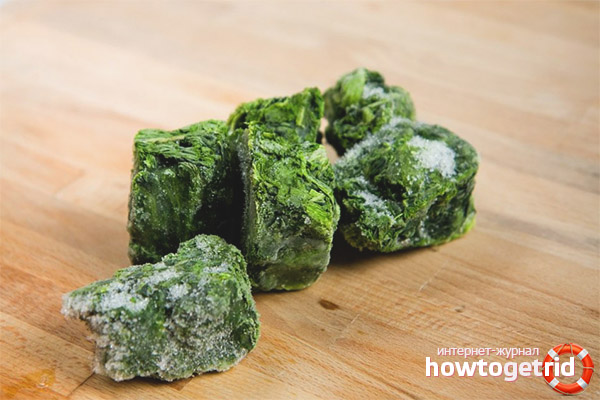


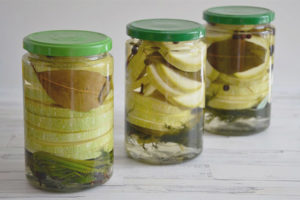
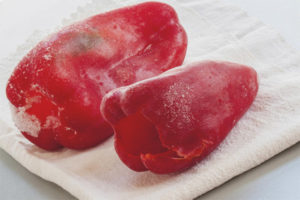
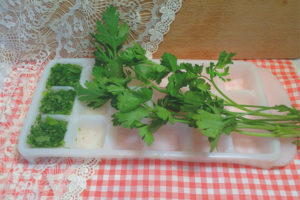
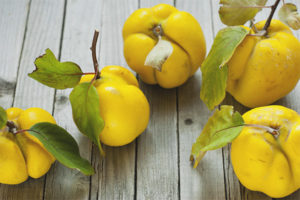


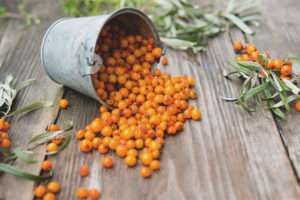

To send